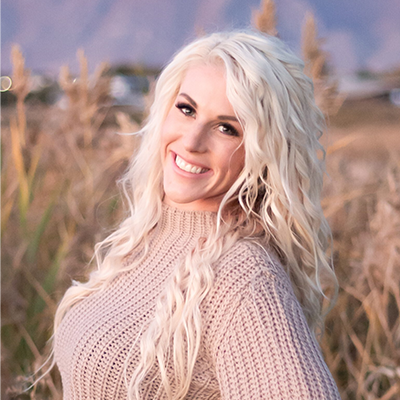For most businesses, strategic planning serves as an important roadmap for assuring profits and long-term growth. It includes developing specific operational plans and then putting them into practice and evaluating the results over time. To create one for your livestock operation, here are some important first steps:
1. Write a Mission Statement and Vision Statement
Have you defined the nature of your business and how you want to see it perform in the future? A mission statement is a short explanation about why an organization exists—its values, goals, and objectives. A vision statement is a short explanation that discusses what an organization aspires to be in the future.
Note: Neither your mission statement nor your vision statement have to be grandiose, but they do need to provide direction.
This is an example of a how a mission statement is formed:
Idea: We raise beef sustainably to provide our nation with quality protein.
Mission Statement: Through proper stewardship of land and animals, XYZ Ranch proudly takes part in sustainable ranching to provide our nation with quality beef products.
This is an example of how a vision statement is formed:
Idea: We will operate our business in a sustainable manner to support future generations.
Vision Statement: XYZ Ranch operates in a socially responsible, environmentally sound, and economically viable manner to support future generations of landowners, operators, and consumers.
2. Develop a SWOT analysis to evaluate the status of your business

In creating a strategic plan, you need to know where your livestock operation is at and how you intend to develop the business over time. Your mission and vision can help provide an end goal, but you should also perform a SWOT analysis, which stands for Strengths, Weaknesses, Opportunities, and Threats. Be honest as you come up with answers, and make sure to include the opinions and thoughts of everyone involved in your livestock operation; there will be valuable input at all levels.
You can find helpful information on completing a SWOT analysis in this PDF from the USDA Risk Management Agency.
3. Set goals for the future of your business
After you’ve completed your mission statement, vision statement, and SWOT analysis, it’s time to set some goals for your livestock operation. As you come up with goals, make sure to write them down, break them out into manageable steps, and make a plan for how to handle any obstacles that could keep you from achieving your goals. Here are key metrics to focus on:
- Financial Goals
- Customer Goals
- Process Goals
- Learning and Growing Goals
Many businesses use the SMART goal system to help set and achieve key objectives, and this acronym stands for Specific, Measurable, Action-oriented, Reasonable, and in an established Time frame. However you choose to set your goals, make sure you have a plan for measuring progress. Additionally, make sure data is easy to collect. As you move forward, regular meetings will also help you evaluate how you are doing. And remember: You can always set new goals or generate different ones; nothing has to be set in stone.
Conclusion
Building a strategic plan for your livestock operation is one of the best ways to define your business and set yourself up for growth and higher profits. As providers of Livestock Risk Protection (LRP) insurance and Pasture, Rangeland, and Forage (PRF) insurance, Redd Summit Advisors provides tools that support the strategic plans of livestock operations across the nation. For more information about marketing, livestock production, and insurance for your ranch business, visit our blog and then subscribe to stay informed.





.webp)




